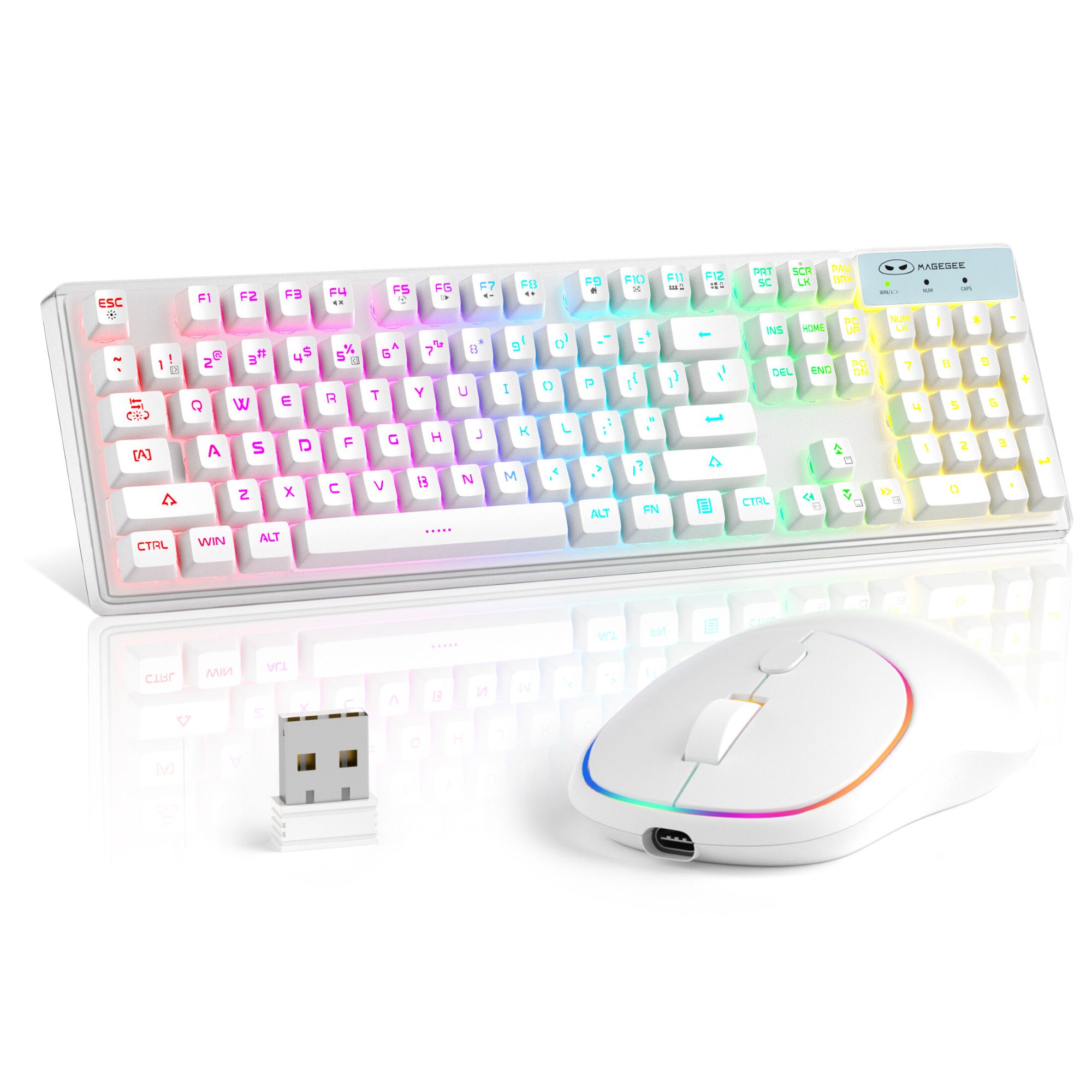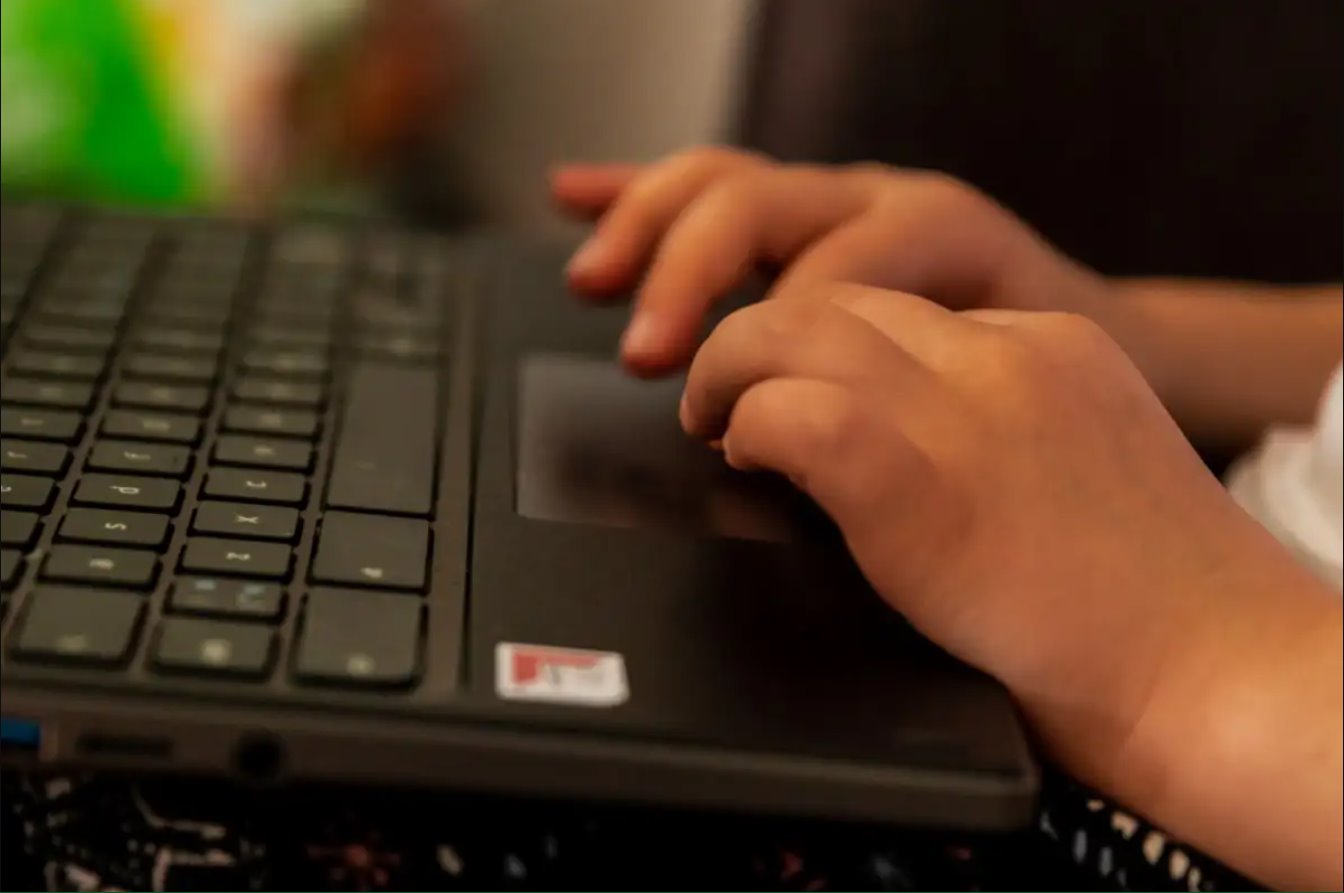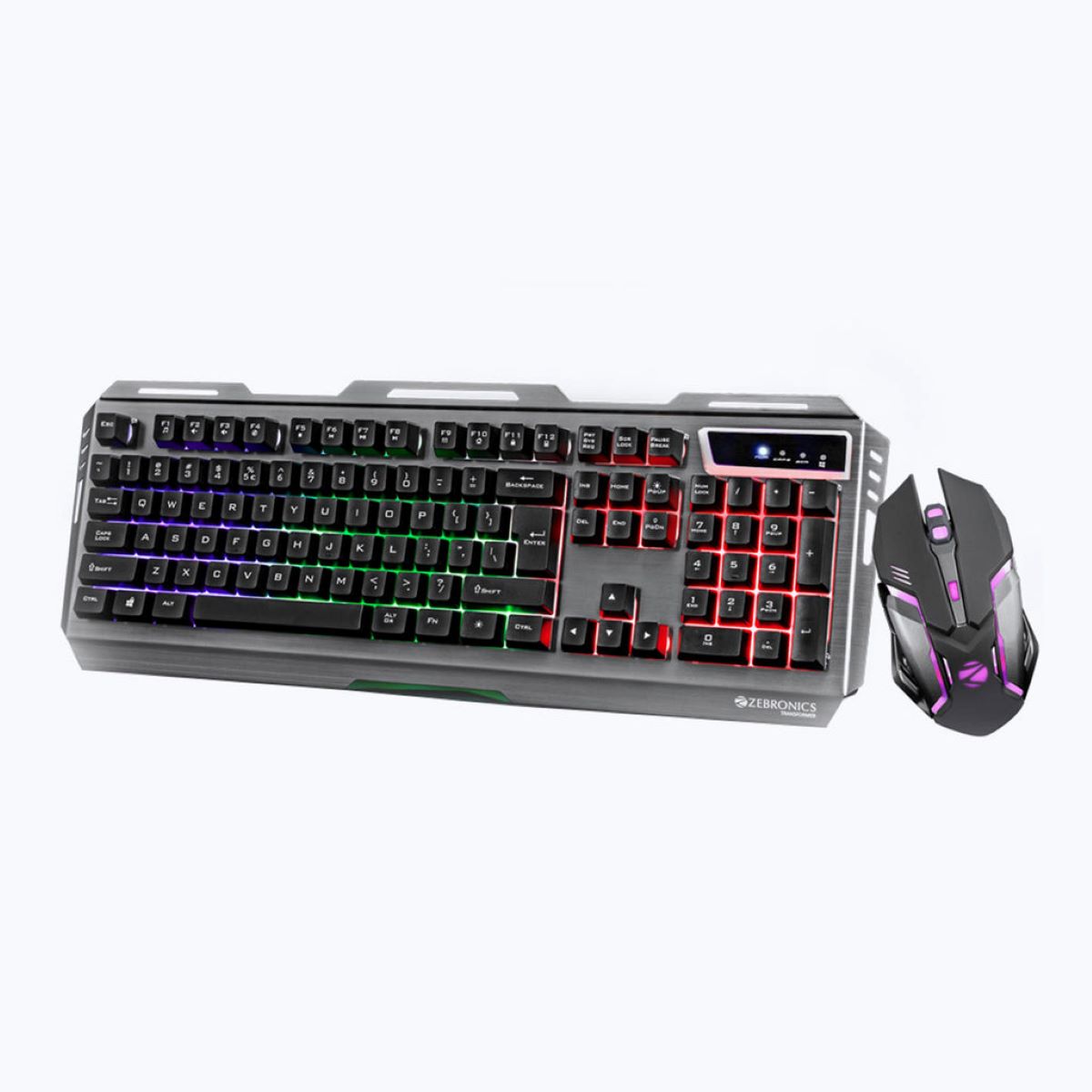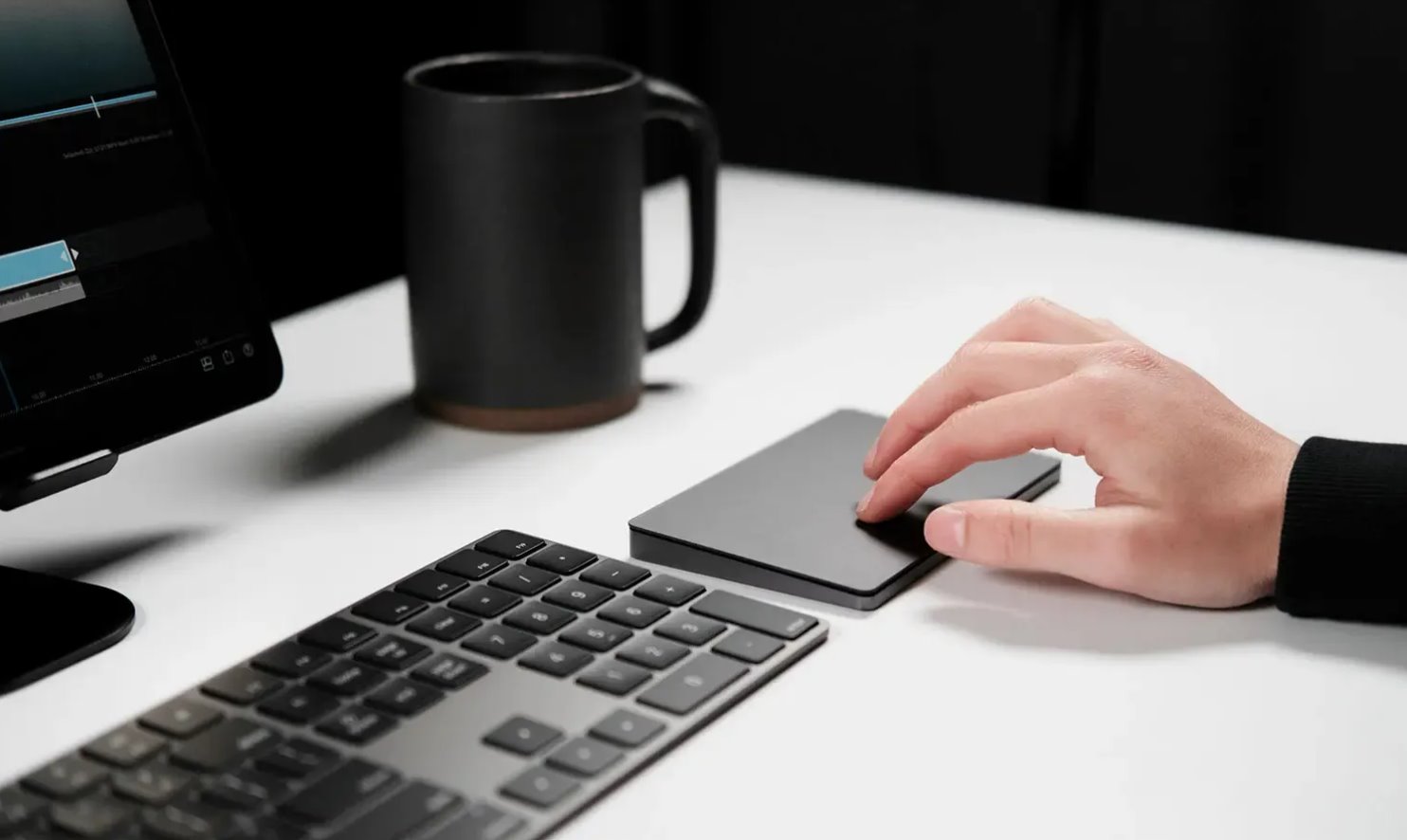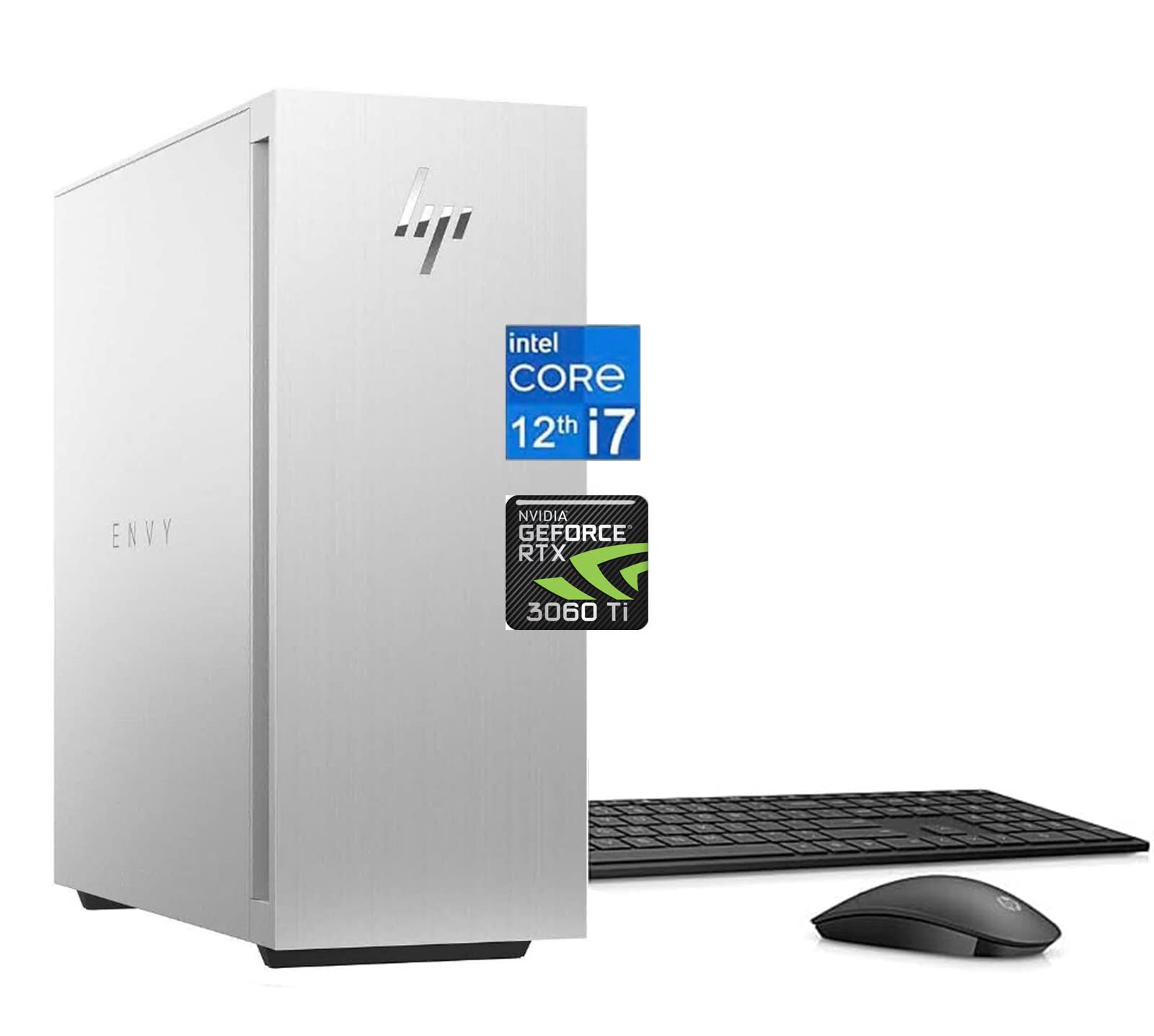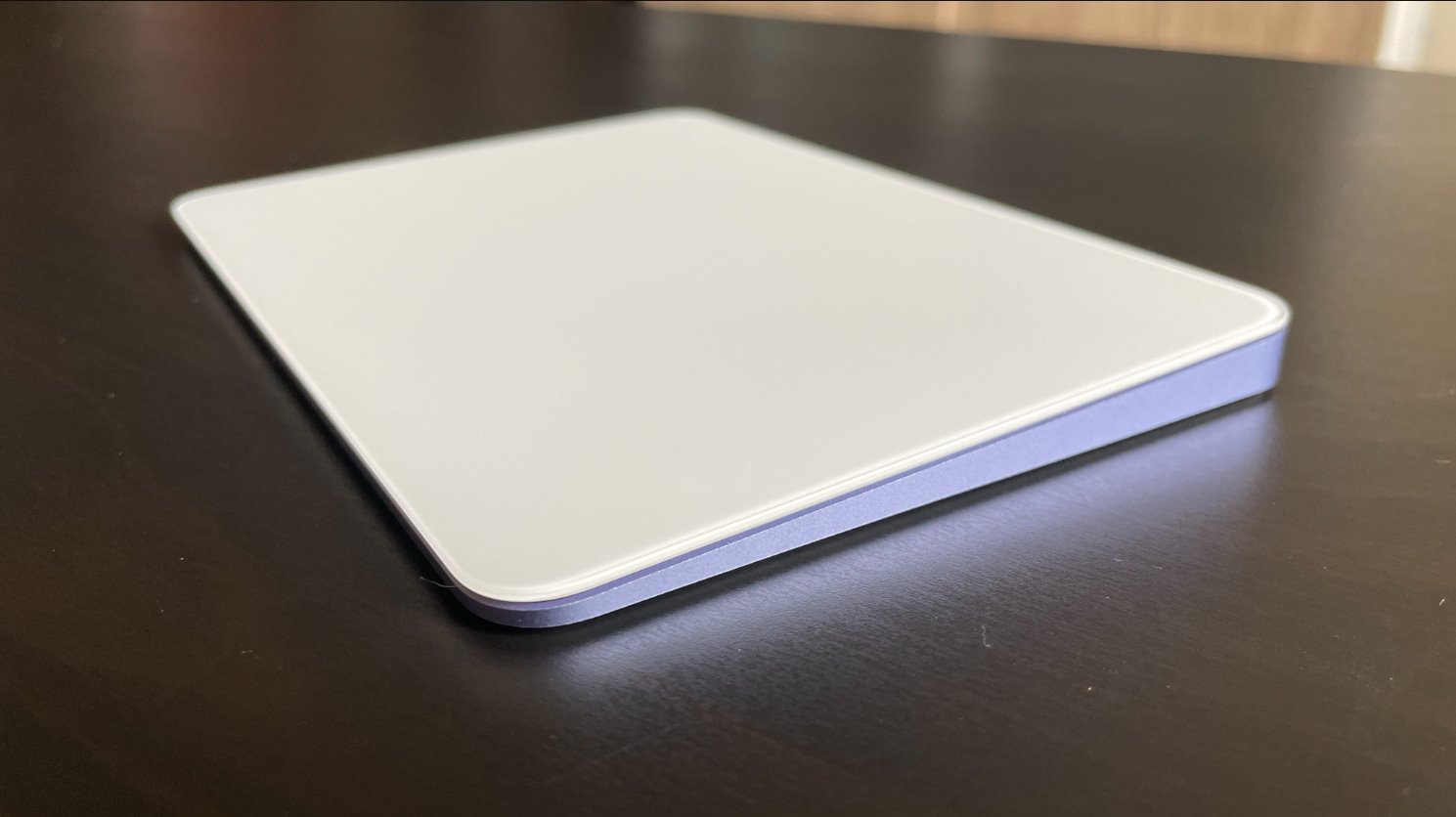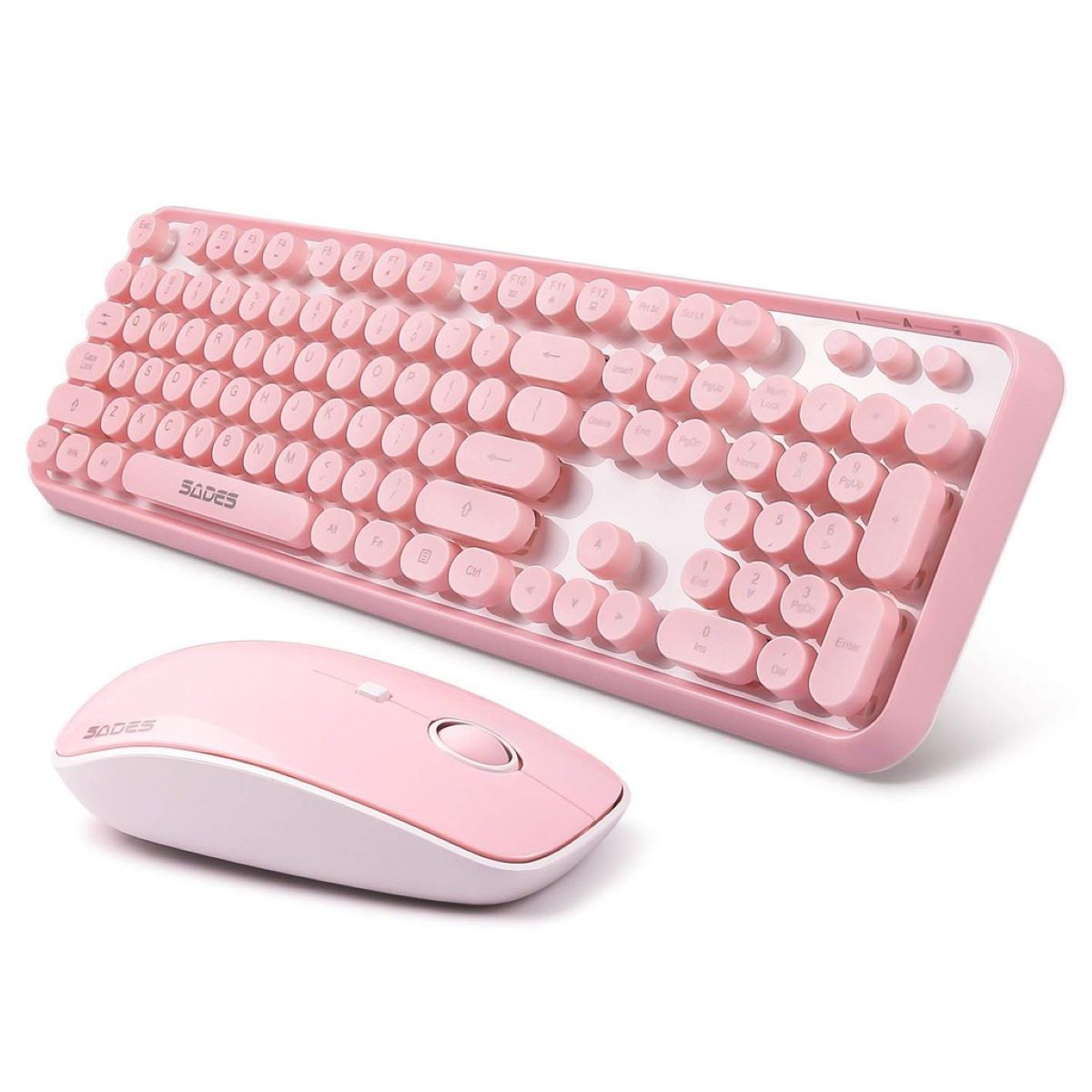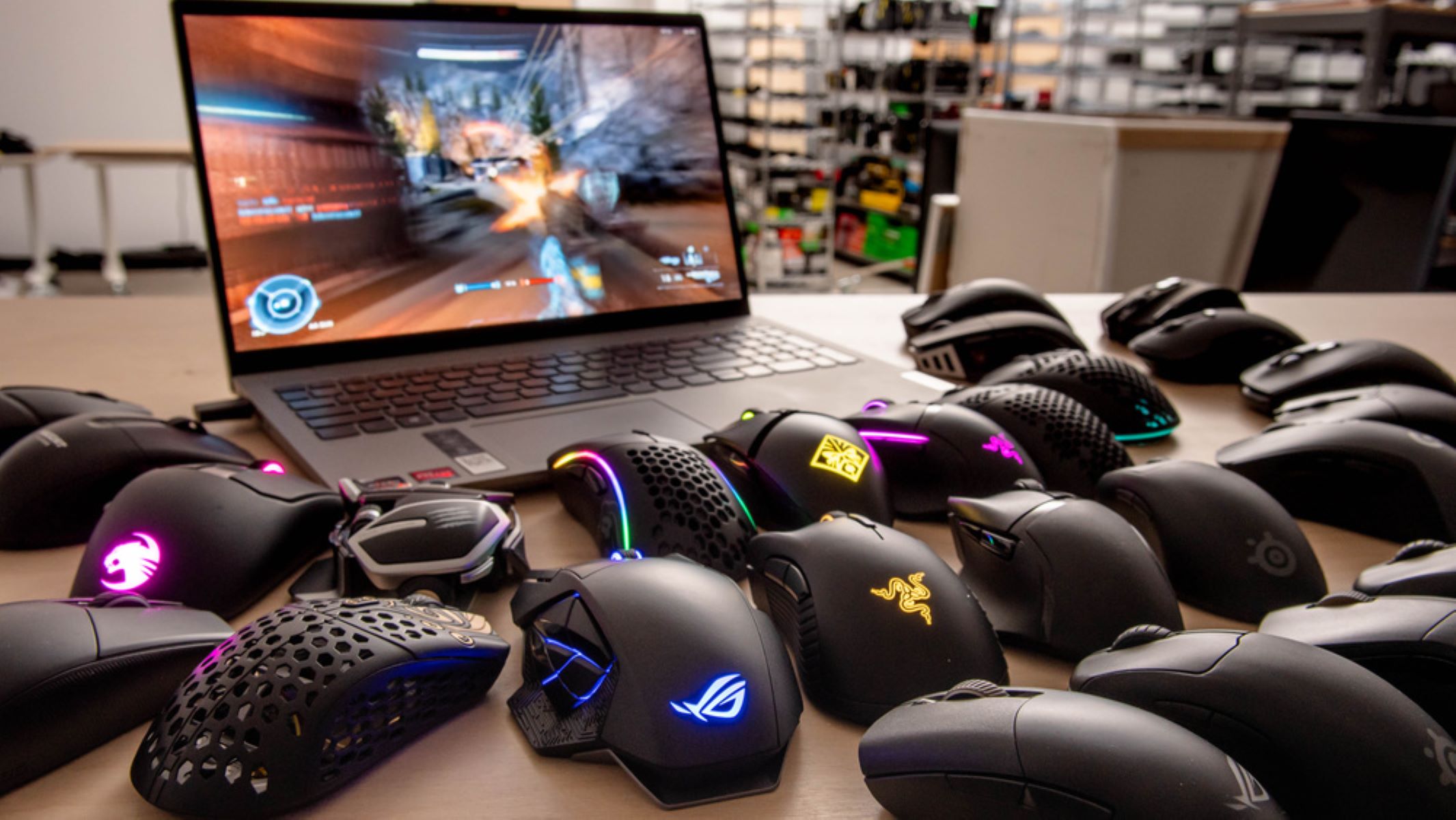Introduction
Introduction
So, you've recently made the leap to Windows 10 and discovered that your trusty gaming mouse, which worked flawlessly on Windows 7, is now giving you a headache. Don't worry; you're not alone. Many users encounter compatibility issues when transitioning to a new operating system, especially when it comes to peripherals like gaming mice. However, with a few simple tweaks and adjustments, you can get your gaming mouse up and running on Windows 10 in no time.
In this guide, we'll walk you through the steps to make your gaming mouse that worked on Windows 7 compatible with Windows 10. Whether you're a casual gamer or a dedicated enthusiast, having your preferred gaming mouse functioning seamlessly on your new operating system is crucial for an optimal gaming experience. With that in mind, let's delve into the essential tips and tricks to ensure your gaming mouse performs at its best on Windows 10.
So, let's dive into the world of compatibility, drivers, settings, and more to make your gaming mouse a perfect fit for your Windows 10 system. Whether you're into fast-paced FPS games, immersive RPGs, or competitive strategy titles, having a responsive and reliable gaming mouse is essential. Let's ensure that your transition to Windows 10 doesn't disrupt your gaming experience.
Check Compatibility
Before delving into troubleshooting and adjustments, it’s crucial to verify the compatibility of your gaming mouse with Windows 10. While most gaming mice are designed to be compatible with various operating systems, including Windows 10, it’s essential to confirm this to avoid potential issues.
Start by visiting the manufacturer’s website of your gaming mouse. Navigate to the product page or support section and look for information regarding compatibility with Windows 10. Manufacturers often provide detailed specifications and compatibility lists for each product, ensuring that users are informed about which operating systems the device supports.
If the manufacturer’s website doesn’t explicitly mention Windows 10 compatibility, you can explore user forums and communities dedicated to gaming peripherals. These platforms often feature discussions and threads where users share their experiences with specific gaming mice on Windows 10. By reading through these discussions, you can gain valuable insights into the compatibility of your gaming mouse with the new operating system.
Additionally, you can consult the user manual or packaging that came with your gaming mouse. Manufacturers frequently include compatibility information in these materials, offering guidance to users regarding supported operating systems.
Finally, if you’re unable to find conclusive information about Windows 10 compatibility for your gaming mouse, reaching out to the manufacturer’s customer support can provide the clarity you need. Customer support representatives can offer direct assistance and confirm whether your gaming mouse is compatible with Windows 10.
By ensuring the compatibility of your gaming mouse with Windows 10, you establish a solid foundation for addressing any potential issues and optimizing its performance on the new operating system.
Update Drivers
Ensuring that your gaming mouse’s drivers are up to date is essential for seamless compatibility and optimal performance on Windows 10. Drivers act as the bridge between your hardware and the operating system, facilitating communication and functionality. Here’s how you can update your gaming mouse drivers to ensure a smooth transition to Windows 10:
- Visit the Manufacturer’s Website: Navigate to the official website of your gaming mouse’s manufacturer. Look for the “Support” or “Downloads” section, where you can find the latest drivers for your specific mouse model. Manufacturers regularly release driver updates to enhance compatibility with new operating systems and improve overall performance.
- Identify Your Mouse Model: Before downloading drivers, ensure that you identify the exact model of your gaming mouse. This information is typically found on the bottom of the mouse or within the product documentation. Downloading and installing drivers intended for a different mouse model can lead to compatibility issues and functionality problems.
- Download and Install the Latest Drivers: Once you’ve located the appropriate drivers for your gaming mouse, download the latest version compatible with Windows 10. Follow the installation instructions provided by the manufacturer to update the drivers effectively. It’s advisable to close any running applications and temporarily disable your antivirus software during the driver installation process to prevent interruptions.
- Automatic Driver Update Utilities: Some gaming mouse manufacturers offer dedicated software utilities that can automatically detect and update drivers for their products. These utilities can streamline the driver update process by identifying outdated drivers and downloading the latest versions with minimal user intervention.
By keeping your gaming mouse drivers updated, you can leverage the latest enhancements, bug fixes, and optimizations tailored for Windows 10. This proactive approach minimizes the likelihood of compatibility issues and ensures that your gaming mouse operates seamlessly on the new operating system.
Adjust Settings
Optimizing the settings of your gaming mouse on Windows 10 can significantly enhance its responsiveness and performance, providing a tailored experience for your gaming preferences. Here are the key settings to consider adjusting:
- Mouse Sensitivity: Windows 10 offers precise control over mouse sensitivity settings. Access the “Mouse Properties” or “Mouse Settings” within the Control Panel or Settings app to adjust the sensitivity to your preferred level. Fine-tuning the sensitivity ensures that your gaming mouse responds accurately to your movements, crucial for maintaining precision in fast-paced gaming scenarios.
- Button Assignments: Many gaming mice feature customizable buttons that can be tailored to specific in-game actions or macros. Utilize the manufacturer’s software, often provided for advanced customization, to assign functions to different mouse buttons. This level of personalization can streamline your gaming experience and provide quick access to essential commands.
- Polling Rate: The polling rate determines how often the mouse reports its position to the computer. Higher polling rates result in more frequent updates, offering smoother cursor movement and reduced input lag. If your gaming mouse supports adjustable polling rates, consider experimenting with different settings to find the optimal balance between responsiveness and system resource utilization.
- DPI Settings: DPI (Dots Per Inch) settings dictate the sensitivity of the mouse’s tracking. Windows 10 provides access to DPI adjustments through the manufacturer’s software or dedicated control panels. Tailoring the DPI to your preferred level can enhance precision and cursor control, especially in gaming scenarios that demand swift and accurate movements.
By fine-tuning these settings, you can customize your gaming mouse to align with your gaming style and preferences, maximizing its effectiveness on Windows 10. Whether you prioritize precision in first-person shooters or require quick access to in-game commands in strategy titles, adjusting these settings can elevate your overall gaming experience.
Use Compatibility Mode
If you encounter persistent compatibility issues with your gaming mouse on Windows 10, utilizing compatibility mode can serve as a valuable workaround. Compatibility mode enables you to run programs and drivers as if they were in an earlier version of Windows, potentially resolving compatibility-related obstacles. Here’s how you can leverage compatibility mode to address gaming mouse issues:
- Access Program Compatibility Troubleshooter: Windows 10 includes a built-in Program Compatibility Troubleshooter designed to identify and resolve compatibility issues. Right-click on the gaming mouse software executable or shortcut, select “Properties,” and navigate to the “Compatibility” tab. Enable the “Run this program in compatibility mode for” option and choose the appropriate Windows version that previously exhibited seamless compatibility with your gaming mouse, such as Windows 7.
- Driver Compatibility: If you’re experiencing driver-related compatibility issues, you can apply compatibility mode to the driver installation executable. Similarly, right-click on the driver installer, access its properties, and configure compatibility settings to emulate a previous Windows version. This approach can circumvent driver incompatibility and enable the successful installation and functionality of the gaming mouse driver on Windows 10.
- Test Compatibility: After applying compatibility mode settings, launch the gaming mouse software or driver installer to verify whether the compatibility adjustments have resolved the issues. Test the functionality of the gaming mouse, including button assignments, DPI adjustments, and other customizable features, to ensure that it operates as intended within the emulated compatibility environment.
By leveraging compatibility mode, you can potentially overcome compatibility hurdles and enable your gaming mouse to function seamlessly on Windows 10. While this approach emulates an earlier Windows environment, it can serve as an effective interim solution while awaiting official driver updates or software optimizations tailored for Windows 10.
Conclusion
Transitioning your gaming mouse from Windows 7 to Windows 10 may initially present compatibility challenges, but with the right approach, you can ensure that your gaming mouse operates flawlessly on the new operating system. By confirming compatibility, updating drivers, adjusting settings, and leveraging compatibility mode when necessary, you can optimize the performance of your gaming mouse and enjoy a seamless gaming experience on Windows 10.
It’s important to stay informed about the latest driver updates and software optimizations provided by the gaming mouse manufacturer. Regularly checking for updates ensures that your gaming mouse remains compatible with the evolving Windows 10 environment, benefiting from performance enhancements and bug fixes tailored for the operating system.
Remember that each gaming mouse may have unique features and requirements, so consulting the manufacturer’s documentation and support resources can provide valuable insights specific to your device. Additionally, engaging with gaming communities and forums can offer practical advice and user experiences related to using specific gaming mice on Windows 10.
By following the guidance provided in this guide and staying attuned to the evolving landscape of gaming mouse compatibility on Windows 10, you can maintain a responsive, reliable, and optimized gaming mouse setup that complements your gaming endeavors.
With these strategies at your disposal, you can navigate the transition to Windows 10 with confidence, knowing that your gaming mouse is poised to deliver exceptional performance and responsiveness across a diverse range of gaming experiences.









